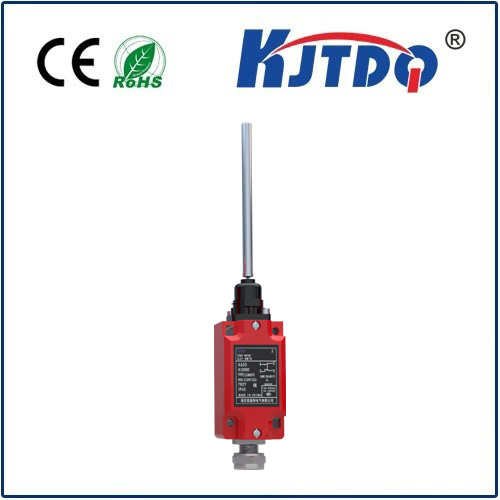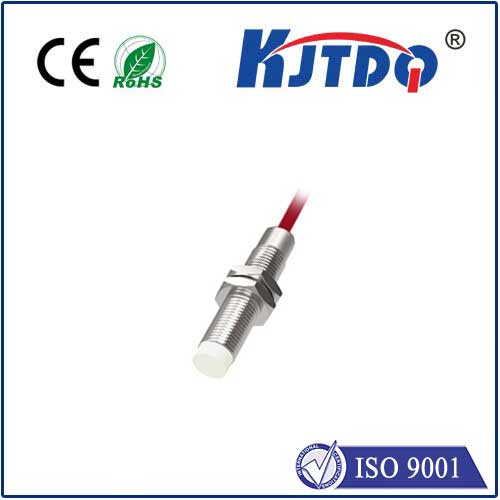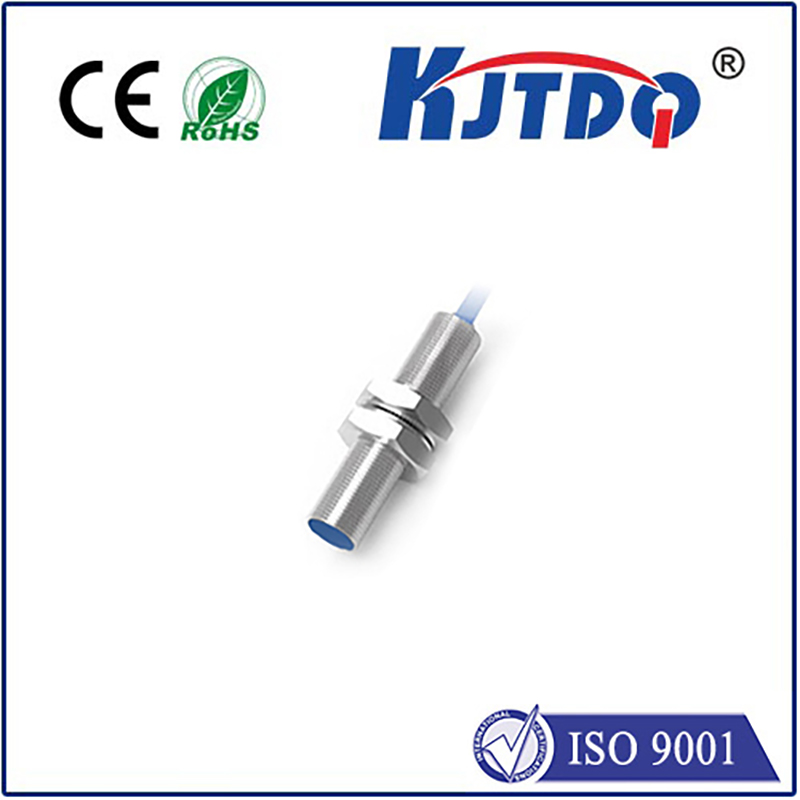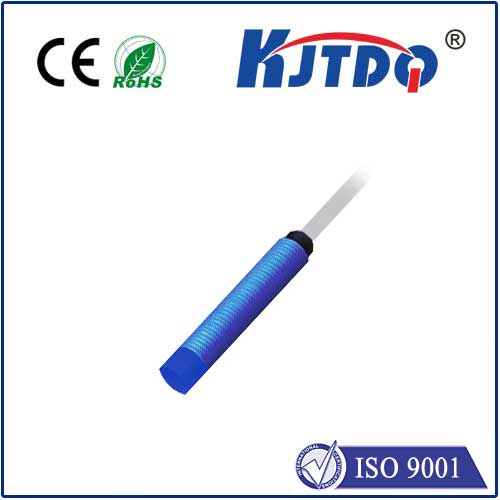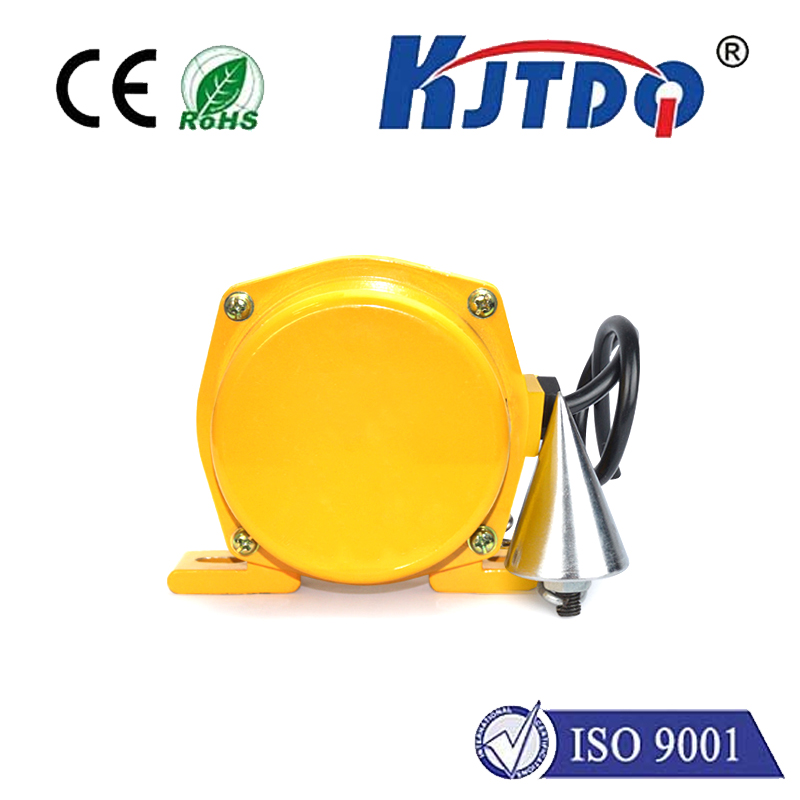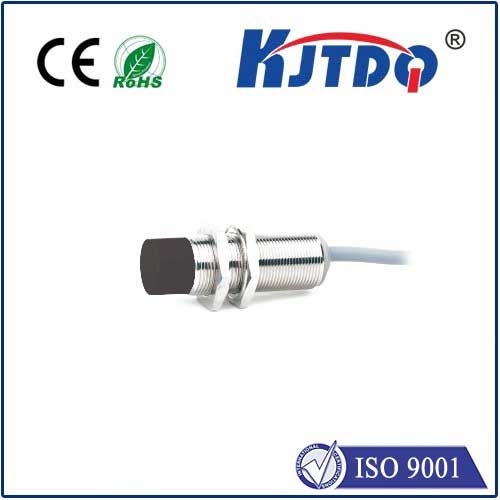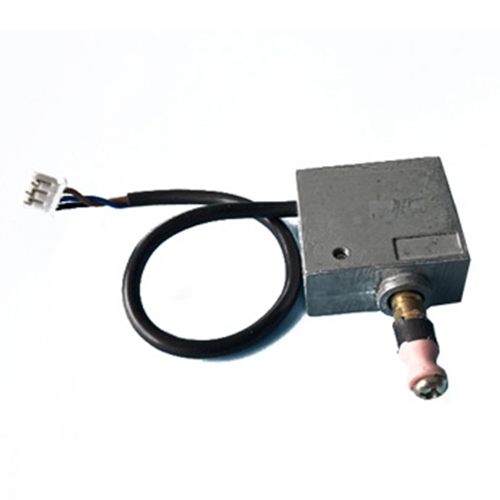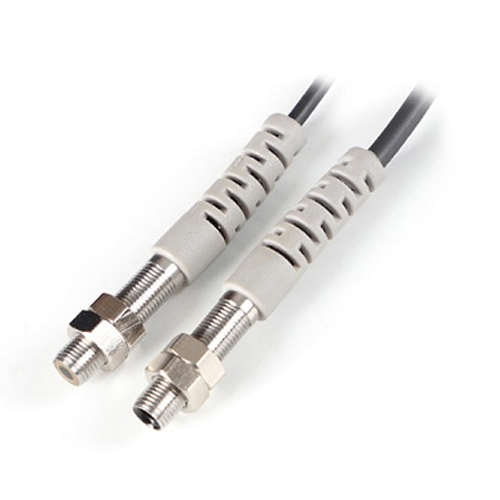safety light curtain sensor
- time:2025-09-11 06:04:16
- Click:0
Unseen Guardians: How Safety Light Curtain Sensors Secure Your Industrial Workspace
Imagine a high-speed packaging line, its robotic arms moving with blurring speed. Nearby, a maintenance technician needs to adjust a sensor. Without the right protection, this routine task becomes a potentially deadly interaction. This is precisely where safety light curtain sensors step in – not as imposing physical barriers, but as sophisticated, invisible shields transforming industrial safety. They are the silent sentinels, utilizing light to create an impenetrable barrier between personnel and hazardous machinery, preventing countless accidents before they occur.
So, what exactly are Safety Light Curtain Sensors?
Often referred to as electro-sensitive protective equipment (ESPE) or optical guards, safety light curtains are optoelectronic devices designed specifically for machine safeguarding. They consist of two separate units: a transmitter and a receiver. The transmitter projects a grid of parallel, invisible infrared light beams towards the receiver unit. When all beams are received uninterrupted, the safety system signals that the protected access zone is clear, allowing the machine to operate normally. Crucially, the moment any beam is blocked (by a hand, arm, tool, or any object exceeding the safety sensor’s resolution), the receiver instantly sends a stop signal. This triggers the machine’s safety controls to initiate a protective stop (STOP Category 0, 1, or 2 as defined by standards like ISO 13849-1), halting hazardous motion before an injury can happen.
The Core Advantages: Why Choose Light Curtains?

Compared to traditional physical guards like fences or gates, safety light curtains offer compelling benefits that drive their widespread adoption in manufacturing and automation:
- Unobstructed Visibility & Access: Workers retain clear sightlines to the machine process, enhancing monitoring and situational awareness. Unlike fixed guards, they don’t physically impede access for feeding materials, loading parts, or performing minor adjustments outside the hazardous zone.
- High Flexibility: They can safeguard oddly shaped openings, large access points, or complex machinery geometries where fitting physical guards is impractical or impossible. Mounting heights and protective field dimensions are highly adjustable.
- Minimized Downtime: Restarting production after a safety stop is typically faster than unlocking and re-securing mechanical guards, boosting operational efficiency. Features like muting and blanking allow safe passage of materials while maintaining personnel protection.
- Enhanced Ergonomics: By eliminating the need to constantly open and close heavy guards, they reduce physical strain on operators and maintenance staff.
- Advanced Diagnostics: Modern safety light curtains provide detailed diagnostic information, simplifying troubleshooting and maintenance.
Key Technical Features Demystified
Understanding these elements is vital for selecting and applying light curtains effectively:
- Resolution (Finger, Hand, Body): This critical specification, measured in millimeters (mm), defines the smallest object the curtain can reliably detect. Fine resolution (e.g., 14mm) protects against fingers, essential for point-of-operation guarding. Coarser resolutions (e.g., 30mm for hands, 40mm+ for body) are used for perimeter guarding of larger hazardous areas.
- Protective Height: The vertical size of the detection field. Determined by the spacing between beams and the number of beams.
- Reach/Range: The maximum working distance between transmitter and receiver where reliable operation is guaranteed. Environmental factors like ambient light and dirt must be considered.
- Response Time: The incredibly short time (typically milliseconds) between a beam interruption and the stop signal being sent. This must be fast enough, factoring in machine stopping time, to prevent access to the danger zone (Calculated as per safety distance formulas like ISO 13855).
- Safety Integrity Level (SIL) / Performance Level (PL): Safety light curtain sensors are rated according to international standards (IEC 61496, IEC 62061, ISO 13849-1) to indicate their reliability in risk reduction. Common ratings include SIL 2, SIL 3, PL d, or PL e, with higher levels offering greater reliability for higher-risk applications.
- Muting: A controlled, temporary suspension of the protective function to allow safe passage of materials (e.g., pallets, large workpieces) without stopping the machine, only when specific, safe conditions are met via additional sensors.
- Blanking: Permanently ignoring specific beams within the field to accommodate necessary fixed obstructions (like a machine column) while maintaining protection around it. Fixed and floating blanking are common types. Implementation requires careful risk assessment.
- Cascading: Linking multiple light curtains together to safeguard large or complex access points as a single safety system.
Where the Light Barrier Shines: Critical Applications
Safety light curtains are ubiquitous across hazardous industries:
- Robotic Workcells: Protecting humans working near or collaborating with robots.
- Press Brakes & Stamping Presses: Essential for guarding point-of-operation where fingers/hands are at risk during bending and stamping cycles (often using Type 4 systems with fine resolution).
- Packaging Machinery: Guarding access to moving belts, cutters, formers, and fillers.
- Material Handling & Automation: Protecting access to palletizers, depalletizers, conveyor nip points, and AS/RS systems.
- Plastics & Injection Molding: Guarding mold closing areas and automated part removal zones.
- Automotive Assembly: Protecting workers at welding stations, part insertion points, and test equipment.
- Machine Tools: Guarding access to CNC lathes, milling machines, and saws during operation.
Implementing Safety Light Curtains Effectively: A Critical Process
Simply installing a light curtain isn’t enough. Proper integration is paramount:
- Thorough Risk Assessment: Identify hazards, required level of protection (resolution, PL/SIL), and define the necessary protected field size and position. Calculate the safety distance to ensure the machine stops before a person can reach the hazard.
- Careful Selection: Choose a device with the correct resolution, height, range, safety rating (PL/SIL), environmental resistance (IP rating), and necessary functions (muting, blanking) for the specific application.
- Correct Mounting & Alignment: Ensure secure mounting and precise alignment between transmitter and receiver. Misalignment causes failure.
- Integration with Control System: Connect the light curtain’s safety outputs (OSSDs - Output Signal Switching Devices) correctly to the machine’s safety relay or safety PLC. The safety function loop must meet the required performance level.
- Validation & Testing: After installation, rigorously test the entire safety function under all foreseeable conditions, including simulated beam interruptions. Regular functional checks (daily/weekly startup tests) are mandatory.
- Training: Ensure all personnel understand how the light curtain works, its purpose, the meaning of machine stops, and the importance of never bypassing or tampering with it.
The Future: Smarter Integration and Collaborative Workspaces
Technology continuously evolves. Future safety light curtain sensors will likely feature enhanced connectivity (IO-Link Safety, OPC UA), improved diagnostic capabilities for predictive maintenance, and potentially deeper integration with collaborative robot safety systems. However, their core principle remains: creating a reliable, invisible barrier using light to ensure humans and machines can work productively, side-by-side, with minimal risk. They are not just sensors; they are fundamental components of a holistic industrial safety culture, actively preventing accidents and safeguarding your most valuable asset – your workforce.






